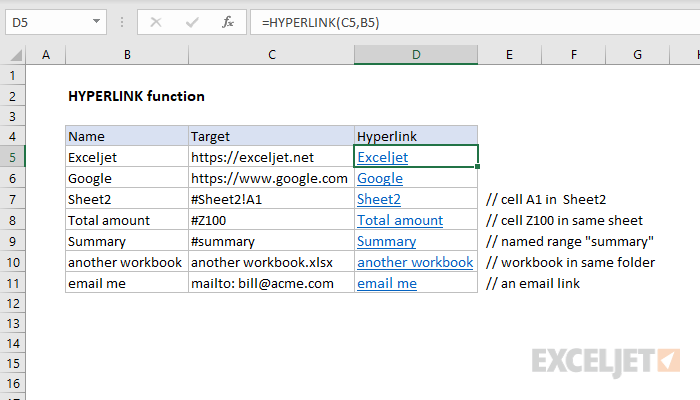5 Ways to Amend Divorce Paperwork Post-Submission

Dealing with divorce can be an overwhelming and stressful experience, especially when you realize that the initial paperwork you submitted might contain mistakes or need amendments. Whether it's due to oversight, changes in circumstances, or simply evolving decisions, amending divorce paperwork after submission is a common situation. Here are five comprehensive strategies to manage your amendments smoothly:
1. Understand the Amendment Process

The process of amending your divorce documents can differ greatly depending on the state or country where you filed for divorce. However, here’s a general outline:
- Consult your attorney - If you have legal representation, they can provide advice on the best way to proceed with amendments.
- Review local laws - Understand the procedural rules regarding amendments as they can impact deadlines and required documentation.
- Communication with your spouse - Discuss proposed changes with your ex-spouse to ensure mutual consent where possible.
📝 Note: Ensure you have all the necessary copies of the original paperwork to reference when making changes.
2. Drafting the Amendment

After understanding the process, drafting the amendment becomes the next step:
- Clarify what needs changing - Identify precisely what sections or details need amendment in your divorce petition or agreement.
- Professional assistance - It’s highly recommended to involve legal professionals in this process to ensure compliance with legal standards.
- Clarity and precision - Draft amendments in clear and straightforward language to prevent future misunderstandings.
| Aspect of Amendment | Examples of Changes |
|---|---|
| Asset Distribution | Adjusting property division, retirement accounts, or debt allocation. |
| Spousal Support | Revising alimony terms, duration, or amounts. |
| Child Custody | Changing visitation schedules, primary custody, or support payments. |

3. Filing the Amendment

Filing the amendment is where the legal groundwork laid starts to take effect:
- Prepare documents - Ensure you have the corrected version of all relevant documents signed by both parties if applicable.
- Submit amendments - File the amended documents at the same court where you filed your original divorce petition.
- Serve your ex-spouse - Depending on local law, you might need to legally serve the amended documents to your ex-spouse.
4. Negotiating with Your Ex-Spouse

Amendments to divorce agreements often require negotiations to reach a new agreement:
- Set up mediation - Use a mediator if direct negotiation proves challenging or to provide a neutral ground.
- Clear communication - Ensure all communications are documented and agreements are clearly laid out.
- Consider legal assistance - A family law attorney can advocate on your behalf during these discussions.
5. After Filing the Amendment

Once the amendments are filed, the following steps help finalize the changes:
- Court hearing - If needed, prepare for a hearing where the judge will review the amendments.
- Implement the changes - Once approved, ensure all changes are reflected in the final divorce decree.
- Document everything - Keep all amended documents and court orders for future reference.
📑 Note: Check if there are any court-imposed waiting periods before your amendments can be legally recognized.
The process of amending divorce paperwork involves a careful balance of understanding legal processes, drafting precise amendments, and navigating negotiations with your ex-spouse. By following these steps, you can ensure that your divorce agreement reflects your current intentions and circumstances. Remember, accurate amendments can lead to a more amicable divorce resolution and set the foundation for a smoother post-divorce life.
Can I Amend My Divorce Paperwork Without a Lawyer?

+
Yes, it is possible to amend divorce paperwork without an attorney, but having legal guidance can help ensure that the changes are made correctly and in compliance with local laws. For complex amendments, legal advice is advisable to avoid future complications.
What if My Ex-Spouse Disagrees with the Amendment?

+
If there is disagreement, mediation can be an effective way to negotiate. If mediation fails, the court might have to decide based on what’s fair and equitable for both parties. It’s best to approach this with legal counsel.
How Long Does the Amendment Process Usually Take?

+
The duration can vary widely based on court schedules, the complexity of the changes, and whether both parties agree. Some amendments might be processed quickly, while others could take several months.



